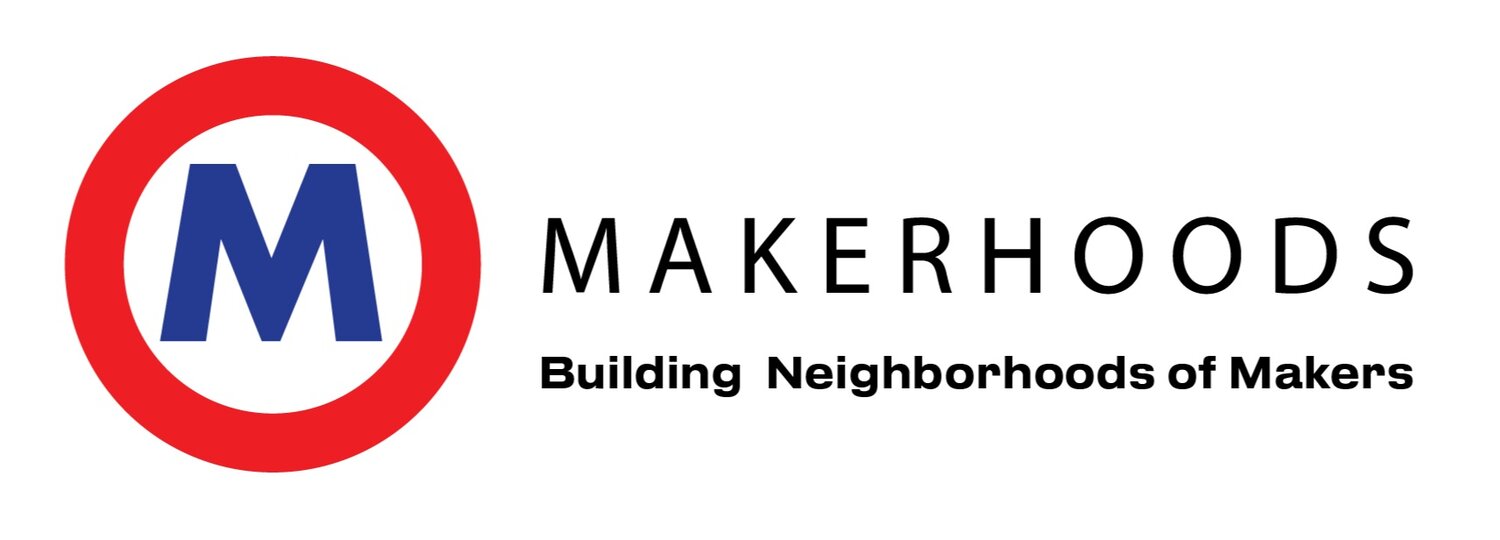Your Brand Is More Than a Logo: The 4 Elements
Branding is so much more than a logo.
Yet, so many small businesses get stuck on getting their logo just right. So, what is branding?
It’s how you differentiate yourself.
It helps your target customers find you.
It’s every action with your customers from what you post on social media to how you work with customers.
It makes it easier to work with designers, agencies, and other contractors.
It helps guide your decisions like where to advertise, what vendors you use, and how to invest in your business?
It’s consistent. This is probably the most important aspect of branding. A good brand is consistent. Like a friend that is unreliable and flakey, if your business is all over the place with it’s messaging your customers will lose faith in you and take their business to your competitor.
The Four Elements to be a Good Brand
Values
In developing your brand, the first step is to identify and name your values. This is your foundation of your brand. Ask yourself:
What do you stand for?
How do you want your customers to feel?
How do you operate your business?
Explaining your values on your website is a great for your potential customers to build trust with you. Get creative with this. You can write a manifesto like Holstee or an on-brand list like Marie Forleo’s “How We Roll.”
Voice
Finding your brand voice can be challenging for some, especially if writing doesn’t come naturally. If that’s the case, take note of how you talk to people.
What words do you use?
What’s your tone of voice?
Are you funny, serious, blunt, etc.?
The voice identity also includes slogans, taglines, or product/service names.
As you grow your business and bring on employees, you’ll want to make sure that everyone is using the same language from how to answer the phones to how you sell.
Visual
This is where your logo comes in. Most people jump straight to the visuals of branding because it’s the most fun. Your visual identity includes:
Colors
Font
Imagery
Logo
Graphic design style
If you have the budget, hire an agency to develop this for you. (Remember to first have a good grasp on your values.) If you don’t have the budget just yet and need to go the DIY route some tips for your:
If you’re not a graphic designer, don’t try to be one.
Less is more.
Coolors.co to generate a color scheme.
Canva.com/color-palette to generate the color palette of photo that represents your brand.
Fonts.google.com to find free, downloadable website friendly fonts and font combinations.
Canva.com for hundreds of free graphic design templates for social media, email newsletters, flyers, and more. There are also templates to create a logo.
Physical
The physical aspect of your brand includes elements like:
Packaging
Uniforms
Trade-show/fair booths and tables
Office or store design
Marketing materials
The next step is to document all of these elements of your brand (values, voice, visual, and physical) into a brand plan. This plan should be used by you, your employees, and your contractors in everything that you do to ensure alignment and consistency. Taking the time and money to develop a strong brand will pay off big time in saving you time and building trust with your customers.
Photo by Kristian Egelund on Unsplash

